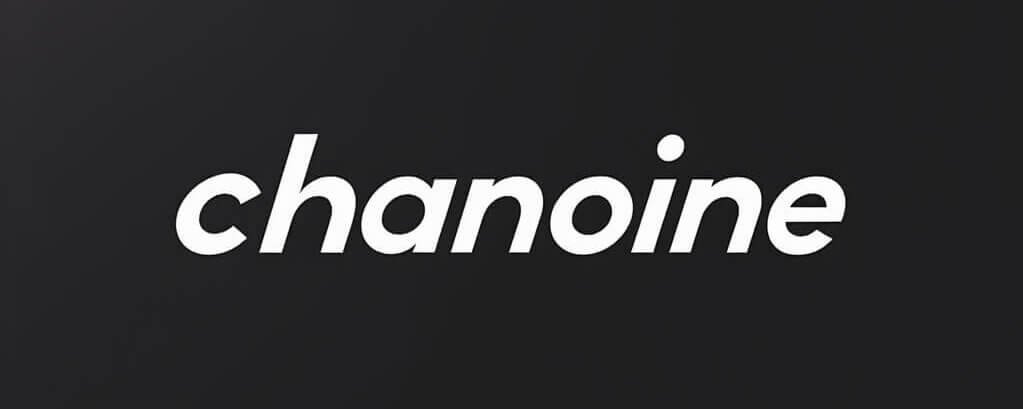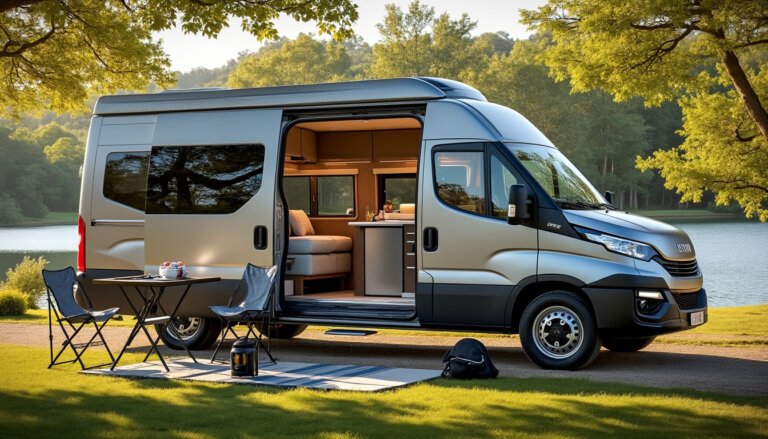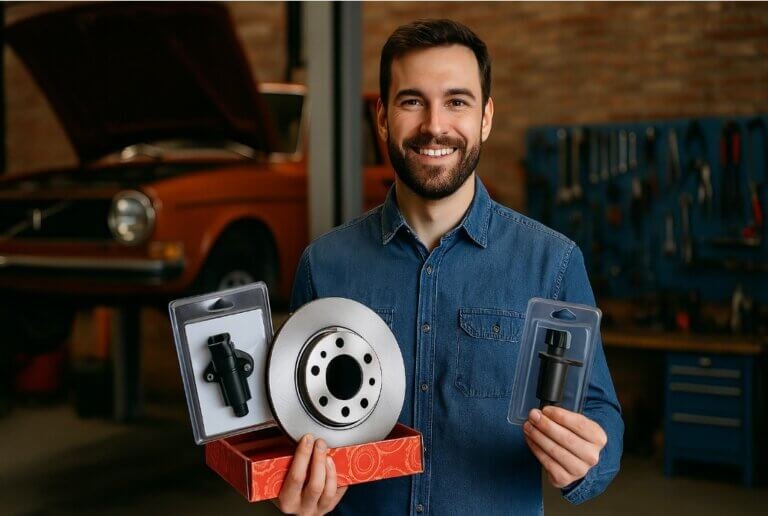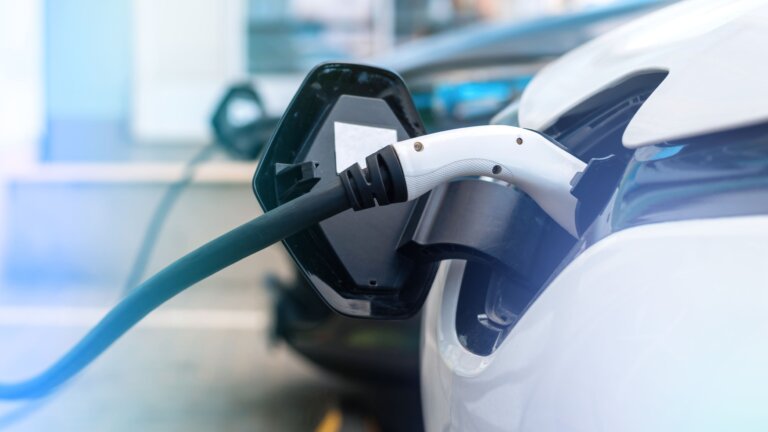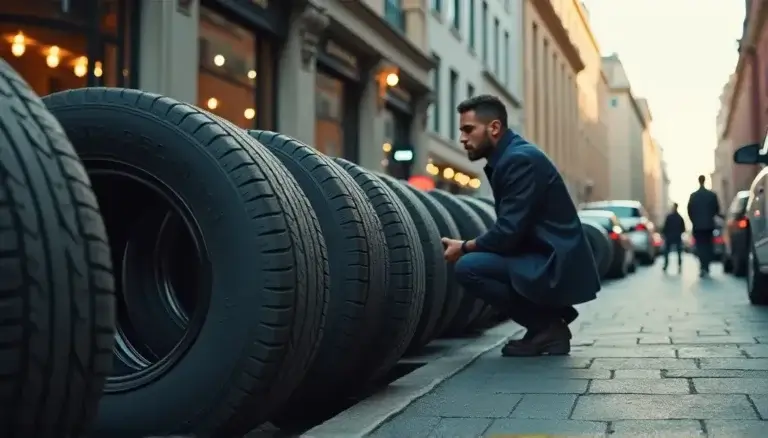How to sell your car to a junkyard?
Do you have an old car that no longer runs or has been in an accident?
Rather than letting it gather dust, why not sell it to a scrapyard?
This quick and easy solution not only allows you to properly dispose of your vehicle, but also contributes to automotive recycling. Discover how to sell your car to a scrapyardstep by step, the documents required, and everything you need to know to do it right and maybe even make a little money!
Every year in France, approximately 1.3 million end-of-life vehicles (ELVs) are processed at approved centers. These vehicles, often on average 19 years old, reach the end of their life for various reasons: repeated breakdowns, accidents, or simply natural aging. Given this situation, selling your car to an approved scrapyard is both a practical and environmentally friendly solution. This article will guide you through the essential steps to successfully complete this process.How to Sell a Car for Scrap in 5 Steps
What is a Car Scrapyard?

Decontamination: Removal of hazardous components such as batteries, used oil, brake fluid, and air conditioning gases.
Dismantling: Recovery of reusable parts for the used car market. Recycling: Sending car bodies to crushers to separate the materials (metals, plastics, glass) for recycling. These centers thus contribute to achieving a reuse and recycling rate of 88.3%. and a reuse and recovery rate of 95.6% in 2022. Why sell your car to a scrapyard? Advantages of selling a car to a scrapyard
- There are several reasons why you might want to sell your vehicle to a scrapyard: Non-running or damaged vehicle
- : If repairs are too expensive compared to the vehicle’s value, it is often more sensible to sell it to a scrapyard. Advanced vehicle age
- : Cars sent to the scrapyard are on average 20 years old. If your vehicle is approaching or exceeding this age, it may be time to consider this option. Caradisiac
Environmental friendliness : Approved ELV centers ensure complete decontamination and optimal recycling, thus contributing to environmental protection. Legal obligation : European Directive 2000/53/EC requires that the delivery of an ELV to a treatment facility be carried out free of charge for the last owner. Furthermore, in France, it is mandatory to hand over your end-of-life vehicle to an approved ELV (End-of-Life Vehicle) center. By choosing to sell your car to an approved scrapyard, you ensure compliance with current legislation while adopting an eco-responsible approach.
Conditions for selling a car to a scrapyard

- Complete vehicle: The vehicle must be handed over in its entirety, including the engine, catalytic converter, and other essential components. An incomplete vehicle may incur additional fees when it is collected by the approved ELV (End-of-Life Vehicle) center.
- No lien or objection : The vehicle must not be pledged (i.e., it must not have an outstanding loan) and must not be subject to an objection (for example, due to unpaid fines or a theft report). This information can be verified via the administrative status certificate, also known as a certificate of non-pledge. Legal ownership : Only the legal owner of the vehicle, or a person authorized by the owner, is authorized to carry out the sale for destruction. In the case of joint ownership, all owners listed on the registration document must sign the sale documents.
- Steps for selling your car to a scrapyard Here are the steps to follow to sell your vehicle to an approved scrapyard:
- Select an approved ELV center : Make sure the chosen center has prefectural approval, guaranteeing compliance with environmental and legal standards. The list of approved centers is available on the website of your department’s prefecture or on the website of the National Agency for Secure Documents (ANTS).
Contact the center:
Contact the ELV center to arrange vehicle collection. Some centers offer a home collection service, generally costing around €50, although this rate may vary depending on distance and location.
Prepare the necessary documents:
- Before returning the vehicle, gather all the required documents (detailed in the next section). Hand in the vehicle and documents to the ELV center:
- Upon returning the vehicle, sign the certificate of transfer with the center manager. The center will then provide you with a certificate of destruction. Inform the administration of the transfer
- : Within 15 days of the sale, declare the sale for destruction online on the ANTS website, using the certificate of transfer. This step is essential to formalize the destruction and release you from any future liability related to the vehicle.
What documents should you provide?
When selling your vehicle to a scrapyard, the following documents are required:
- Required document for selling your car to a scrapyard Registration card (certificate of registration):
- This must be crossed out with the words “Sold for destruction on” or “Sold for destruction on,” followed by your signature. If the registration card
- is lost or stolen, a declaration of loss or theft must be provided.
- Certificate of administrative status (certificate of non-pledge): This document, dated less than 15 days ago, certifies the absence of any lien or objection on the vehicle. It can be obtained free of charge online from the Ministry of the Interior website. Cerfa Form No. 15776*02 (certificate of transfer): This official form must be completed in two copies: one for the ELV center and the other for you. It formalizes the transfer of the vehicle for destruction. By providing these documents and following the steps described, you ensure that the transfer of your vehicle to a scrapyard complies with French law, while also contributing to environmental protection.
- Does the scrapyard buy back the vehicle? When selling a vehicle to a scrapyard, it’s reasonable to ask whether the scrapyard offers financial compensation. Generally, scrapyards buy back end-of-life vehicles to recover resalable spare parts or for the value of the recyclable materials.
Trade-in Amount: The buy-back price generally varies between €50 and €500
, depending on several factors such as the vehicle’s general condition, the demand for specific spare parts, and the weight of recyclable materials.

- Auto wreckers[date] Finding used auto parts at a scrapyard allows you to repair your vehicle at a lower cost while adopting an environmentally friendly approach. You can find them here. [date] Approved auto wreckers recover parts that are still functional from end-of-life vehicles: engines, gearboxes, headlights, etc. It’s an economical alternative for maintaining your car. All you need is the model and reference number of your vehicle to find the part you need.
- 8. Scrap or professional trade-in? When it comes to disposing of a vehicle at the end of its life, you have two main options: sell it to an auto wrecker or give it to an automotive professional. Each option has advantages and disadvantages.
- Sale to a junkyard :
Criteria
Sale to a junkyard
Trade-in by a professional
Advantages – Quick and simplified procedure. – Small financial compensation possible.– Contribution to recycling and the environment.
– Best possible financial offer (if the car is in good condition). – Ease of transaction if purchasing a new vehicle.

– Generally low trade-in amount. – Check that the junkyard is approved.
– Selective selection of professionals based on the vehicle’s condition.
– Offer sometimes conditional on a purchase.
Tip
: Evaluate the condition of your vehicle and your future plans (purchase of a new vehicle or not) to choose the option best suited to your situation. Tips for optimizing your sale to a junkyard
.comparison-table { width: 100%; border-collapse: collapse; font-family: Arial, sans-serif; margin-bottom: 2rem; }.comparison-table th, .comparison-table td { border: 1px solid #ddd; padding: 16px; vertical-align: top; }.comparison-table th { background-color: #f97316; /* Orange doux */ color: white; text-align: left; font-size: 1.1em; }.comparison-table td { background-color: #fffdf9; transition: background-color 0.3s ease; }.comparison-table td:hover { background-color: #fff0d6; }@media (max-width: 768px) { .comparison-table thead { display: none; }.comparison-table tr { display: block; margin-bottom: 1rem; border: 1px solid #ccc; border-radius: 8px; overflow: hidden; }.comparison-table td { display: block; padding: 12px; text-align: left; position: relative; }.comparison-table td::before { content: attr(data-label); font-weight: bold; display: block; margin-bottom: 8px; color: #f97316; } }| To get the most out of selling your vehicle to a junkyard, here are some recommendations: | Compare offers: | Contact several approved scrapyards to get quotes and choose the one that offers the best deal. |
|---|---|---|
| Prepare the vehicle: |
Even if the vehicle is destined for scrap, make sure it is complete (engine, catalytic converter, etc.) to avoid penalties or a reduced trade-in price. Check approvals: Make sure the scrapyard is approved by the local authorities as an ELV center, guaranteeing disposal in accordance with environmental standards. |
Negotiate removal fees: If the vehicle is not roadworthy, inquire about towing fees. Some scrapyards offer this service free of charge, while others charge around €50. |
| Conclusion |
Selling your car to a scrapyard is a practical solution for disposing of an end-of-life vehicle, while complying with current regulations and contributing to environmental protection. By following the steps and advice mentioned in this article, you will be able to carry out this process with complete peace of mind, optimizing the process and obtaining fair financial compensation. |
|
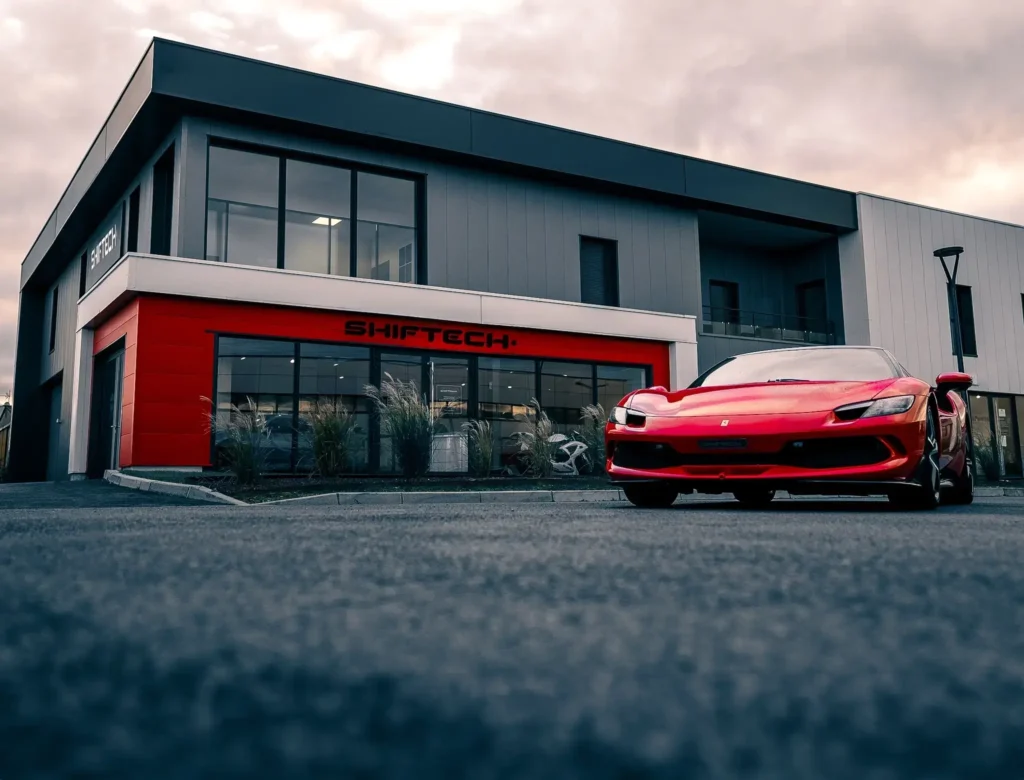
Shiftech Review: What is Shiftech’s Engine Reprogramming worth?
Shiftech is a renowned company in the field of engine remapping and chiptuning. Founded in Belgium, it has established itself in Europe thanks to its expertise and the quality of its services. Whether you’re a performance enthusiast or a driver…

Practical tips for booking a rental car in Algiers
Navigating the world of car rental in Algiers can sometimes feel like a roller coaster ride, especially when you want to avoid pitfalls and get a good deal. If you’ve ever dreamed of discovering the Algerian capital with its bustling…

Find out why the Westfalia Columbus 601D will transform your road trips forever!
The Westfalia Columbus 601D camper van is much more than just a vehicle, it is a real invitation to escape. Whether you’re a seasoned adventurer or new to RV travel, this engineering marvel will revolutionize your road trips. Imagine traveling…
